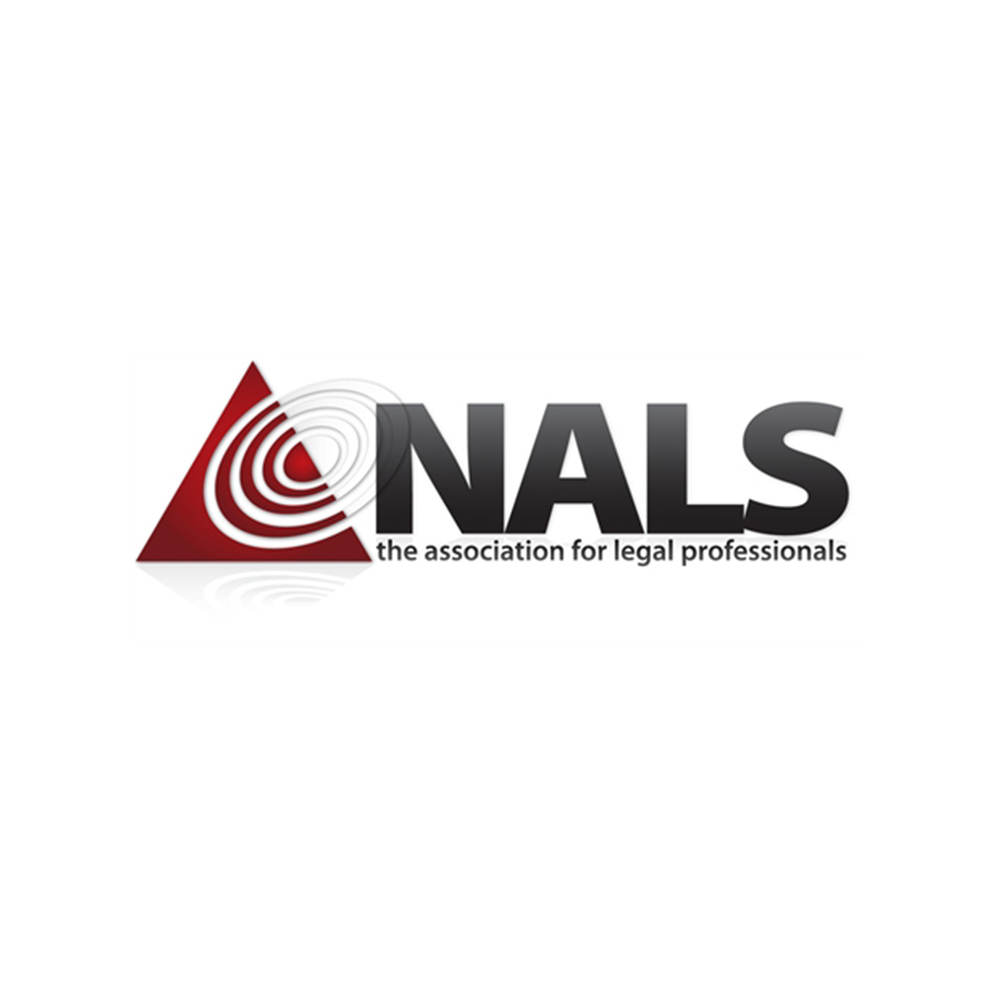Change Leadership: Finding the Tipping Point
Most organizations encounter resistance to change. For successful change management, leaders need to be aware of the resistance chart and find the tipping point.
One of my favorite sayings is “Change is constant. Chaos is a choice.” It’s one I find myself sharing with leadership teams more often lately than I have in the past.
What I mean is that change happens — whether it’s within our control or outside of our control. And it’s happening at a rate faster than ever before. How we meet that change, with either hyperreactivity (i.e., hair on fire) or with discipline, depends on how we lead our team.
Last week, I worked with the leadership team in an industry that has a tolerance for risk on this topic of change leadership. I shared with them the chart below, often referred to as the “resistance chart.” It shows the typical bell curve of how people within organizations engage with change.

The Resistance Chart
On the two ends of the curve are those who are either actively engaged or actively disengaged. And in the middle are the ranges of the majority who are trying to decide how committed they are to the change. Those on the far left are excited and ready for the change to happen. While those on the far right are actively resisting the change, sometimes to the point of attempting to sabotage it. They’re what I refer to as the “Entrenched Outliers,” and some may remain active resistors after the change is completed.
As leaders, we should be aware of how our organization fits within this curve. And more importantly, we should be managing what I consider The Tipping Point: This is where the organization’s understanding of “the norm” is located on the curve. Most people look to the organizational norm to determine what is expected of them — in both what they work on and how they work. Think of it as, “How am I going to be measured or judged in my work performance,” and then compare yourself with others around you to see if you’re doing it in a way that is approved.
During substantial changes, leaders often focus on the outliers, trying to convince them of why the change is important. This takes a lot of time from the leader and may not change the attitudes of those who are actively disengaged. Instead, leaders should focus on moving the norm to where you want it to be, creating a tipping point where the majority of the organization realigns to the norm.
4 Steps for Shifting the Norm for Successful Change Leadership
Resetting your norm as you work through the change process increases your team member buy-in, reduces conflict and resistance during the change, and helps establish a solid foundation to sustain the change. Regardless of whether the change was internally directed or externally forced, leaders must understand where that norm lies — and work to move it where they want it.
A successful approach to shift the majority to the new desired norm is to:
- Establish clear outcomes to ensure the team is aligned with what change looks like when you’re done. (See my Leader’s Intent PowerPlay™ for how to do this).
- Seek to listen and learn where your team members are in relation to these outcomes. This helps identify where in the curve they are positioned now, so you can determine where to meet them.
- Start to address their needs and concerns, to lead them to where you want them to be. One of the mistakes many leaders make is to assume all team members are approaching change in the same way, and that a single message or meeting will address everyone’s anxiety in one fell swoop. In reality, each person has their own journey toward committing to change. By understanding where they are in that journey, you can determine how to engage them and help them transition to the left side of the curve.
- Lastly, as you start to move team members from the right to left, you are shifting the tipping point of the norm. Leverage those who are actively engaged to help sustain that tipping point, as there is a natural pull to return to the “old way of doing it.”
It’s a fundamental challenge of leadership to align your teams and to ensure everyone’s rowing in the same way. We all know that change happens fast, but how we meet that change determines how successful we are in leading our teams through it.
TRANSFORM DISRUPTION INTO OPPORTUNITY
Do you need help guiding your team? Contact us to learn about Bill’s leadership keynote speaking, executive coaching, and facilitation services.























